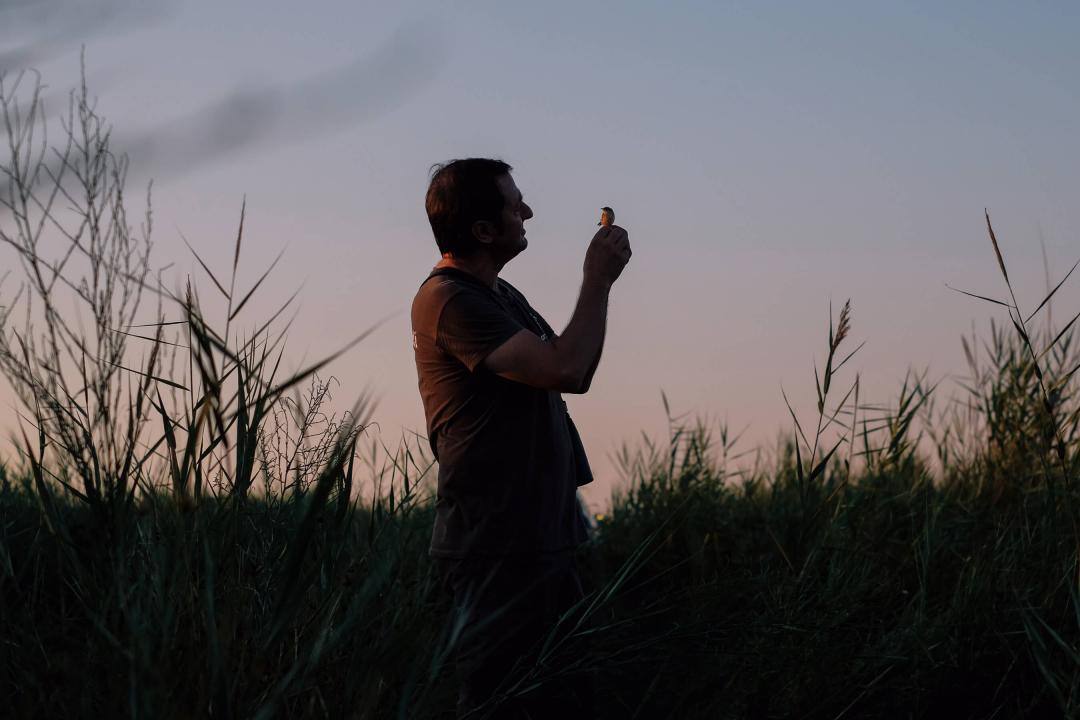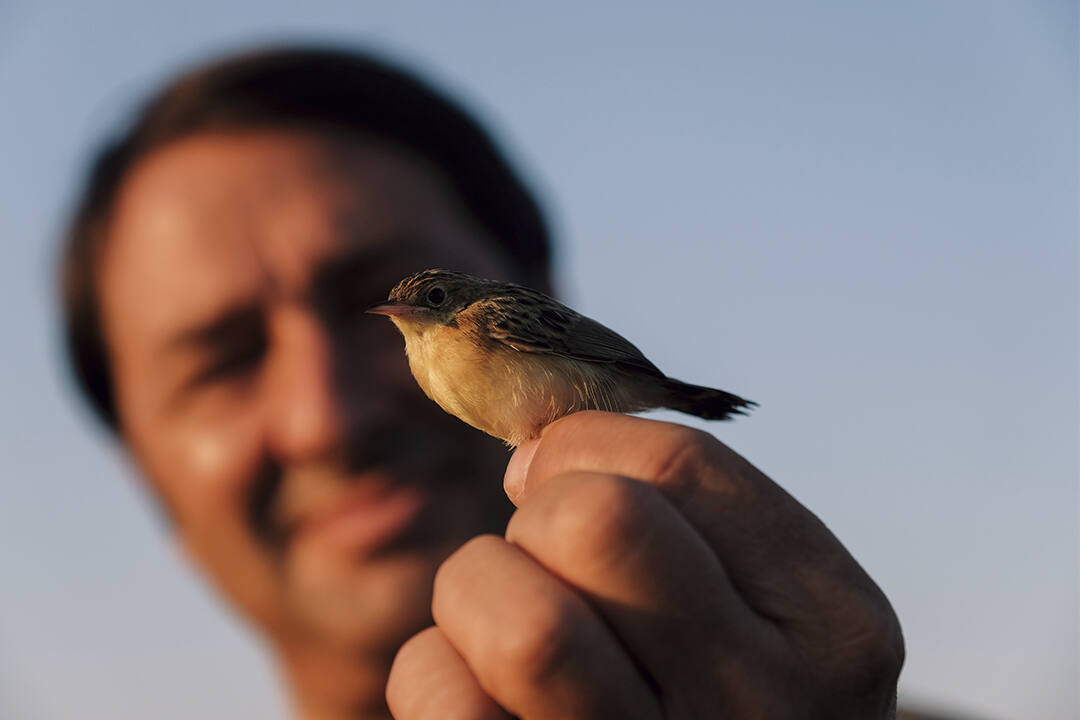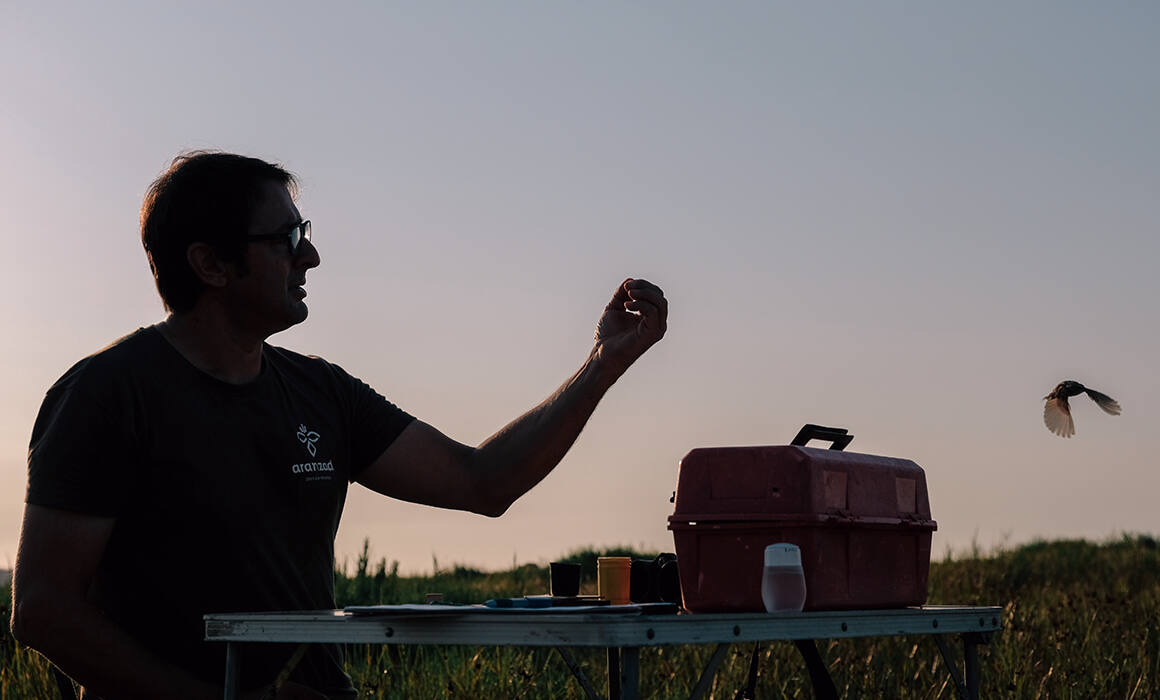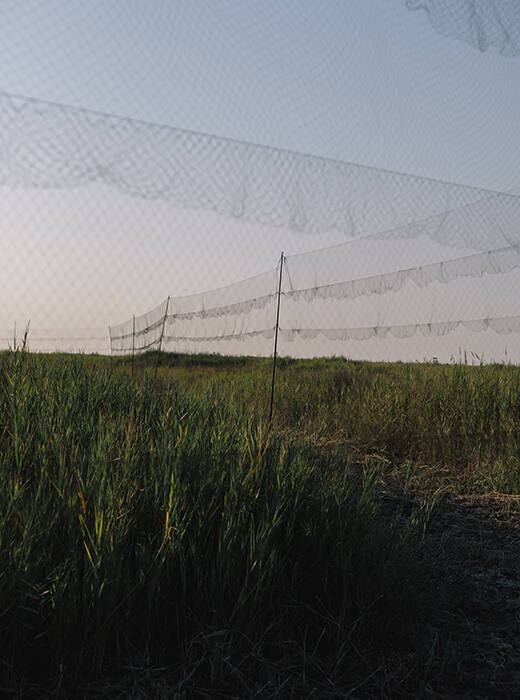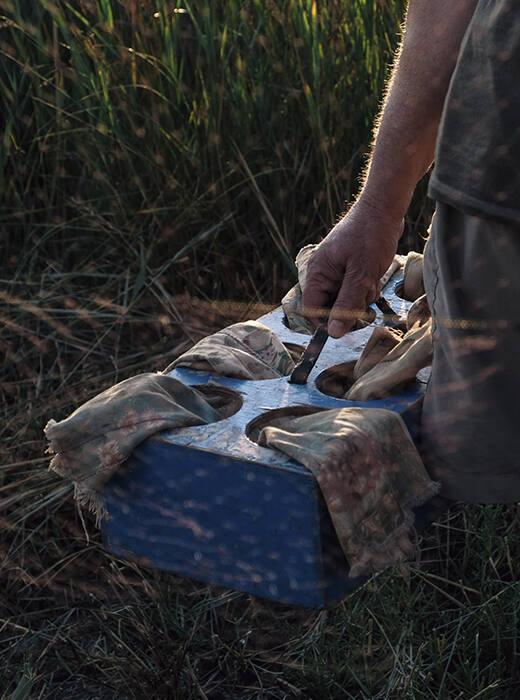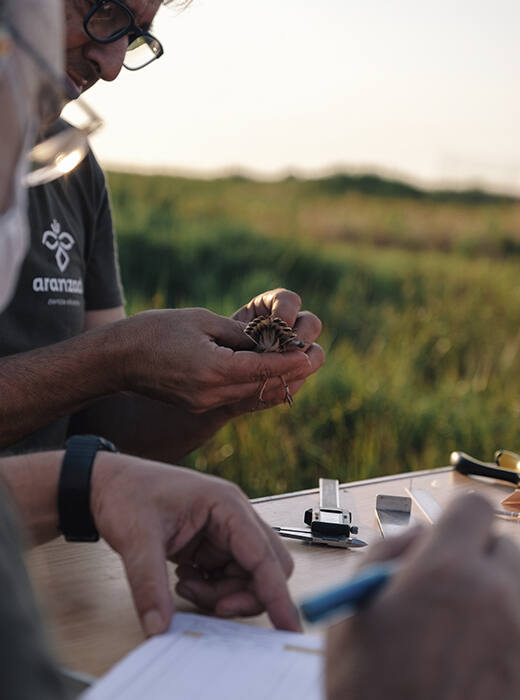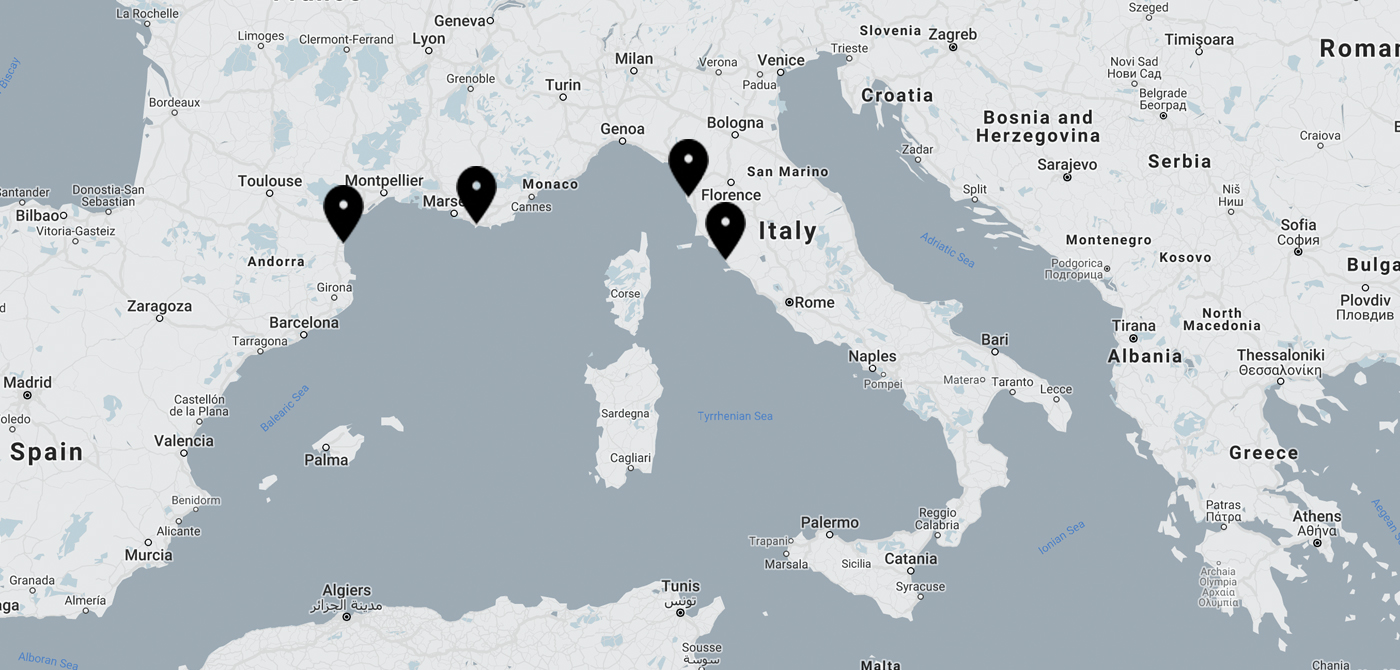Migratory birds travel long distances, but they always remember the place where they were born. This is why the aquatic warbler is able to travel the more than 6,000 km that separate its wintering grounds in sub-Saharan Africa from its breeding area in Eastern Europe; from Mauritania to Lithuania, for example. It is a trip without passports or customs, but it does have stopovers. This bird, the most endangered in Western Europe, regards the wetlands of the Iberian Peninsula as the perfect place to rest and feed before taking off again.
Choose your country or region
- Europe
- Spain
- Catalonia
- Portugal
- United Kingdom
- International Version
Migratory refuges
TORREBLANCA, CASTELLÓ
Antonio Guillem, Project coordinator at Fundación Global Nature
ENDANGERED SPECIES
For more than 20 years, Fundación Global Nature has been working to conserve these habitats that are so vital to Mediterranean biodiversity. Among others, the foundation is currently leading the Life Paludicola project, which focuses on the study and preservation of the aquatic warbler, but has an objective that goes even further: improving the delicate conditions in the wetlands to protect all the species that seek refuge in these environments.
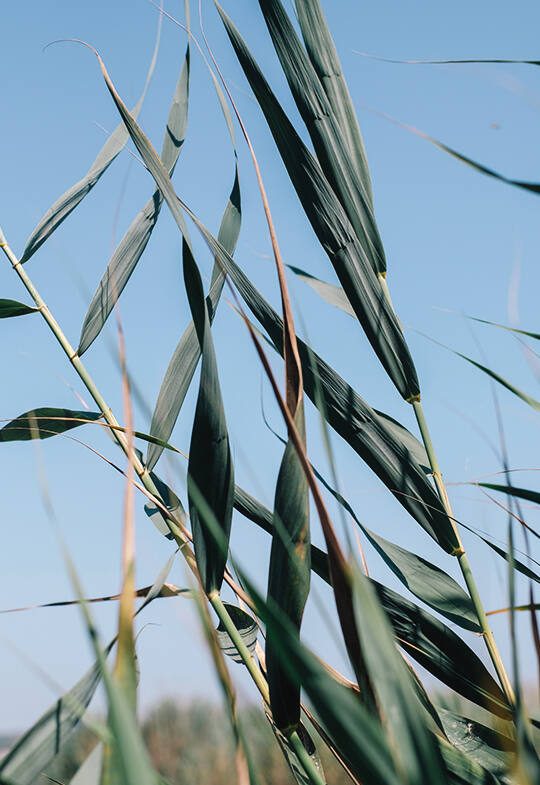
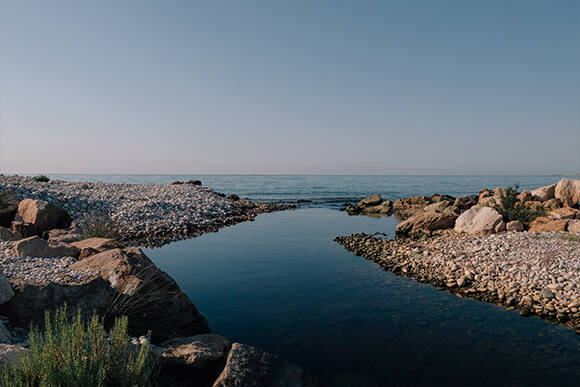
SURVIVAL AREAS
Wetlands are terrain that is almost always flat and permanently or intermittently flooded. The wealth of flora and fauna produced by this variation in water levels gifts them with some of the greatest biodiversity of any ecosystem in the Mediterranean. Aquatic warblers, marbled teals and ferruginous ducks are among Europe's most endangered migratory birds, and they find refuge and nourishment in these habitats which act as service stations and are essential to the survival of less abundant species. “There are fewer aquatic warblers in the world than polar bears or African elephants,” notes Antonio Guillem, project director at Fundación Global Nature.
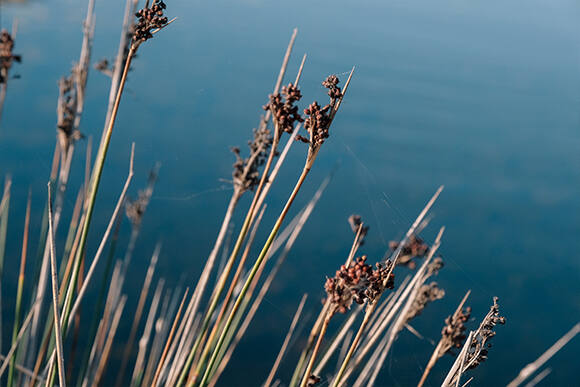
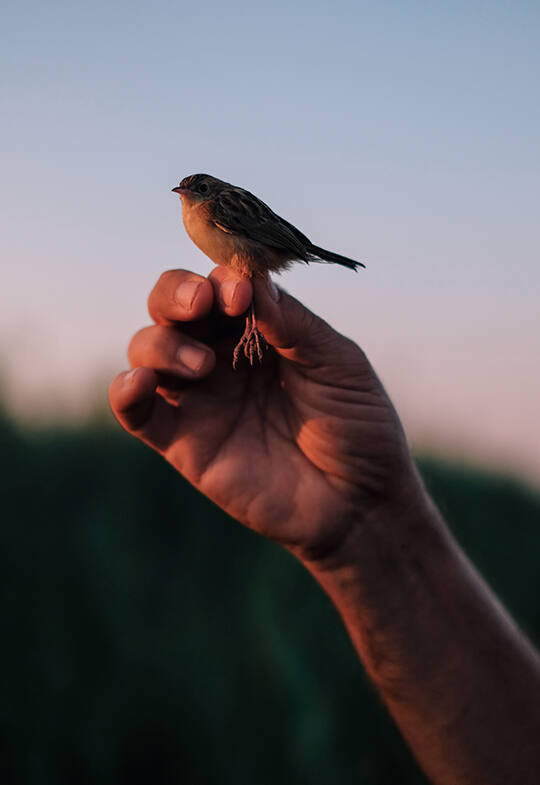
A CRITICAL SITUATION
Urban development, the building of infrastructure and the discharge of pollutants are the main threats faced by Mediterranean wetlands. A fact that Antonio Guillem believes has a common denominator: human activity. “Over the last century, the global surface area of wetlands has decreased by 60%,” he warns, while reiterating that the importance of conserving these habitats goes beyond the biological: “These spaces are vital to curbing climate change, averting natural disasters and improving the economic and cultural output of the population.” The disappearance of these ecosystems would mean the loss of a natural buffer zone against environmental issues such as water pollution, toxic waste and greenhouse gas emissions.
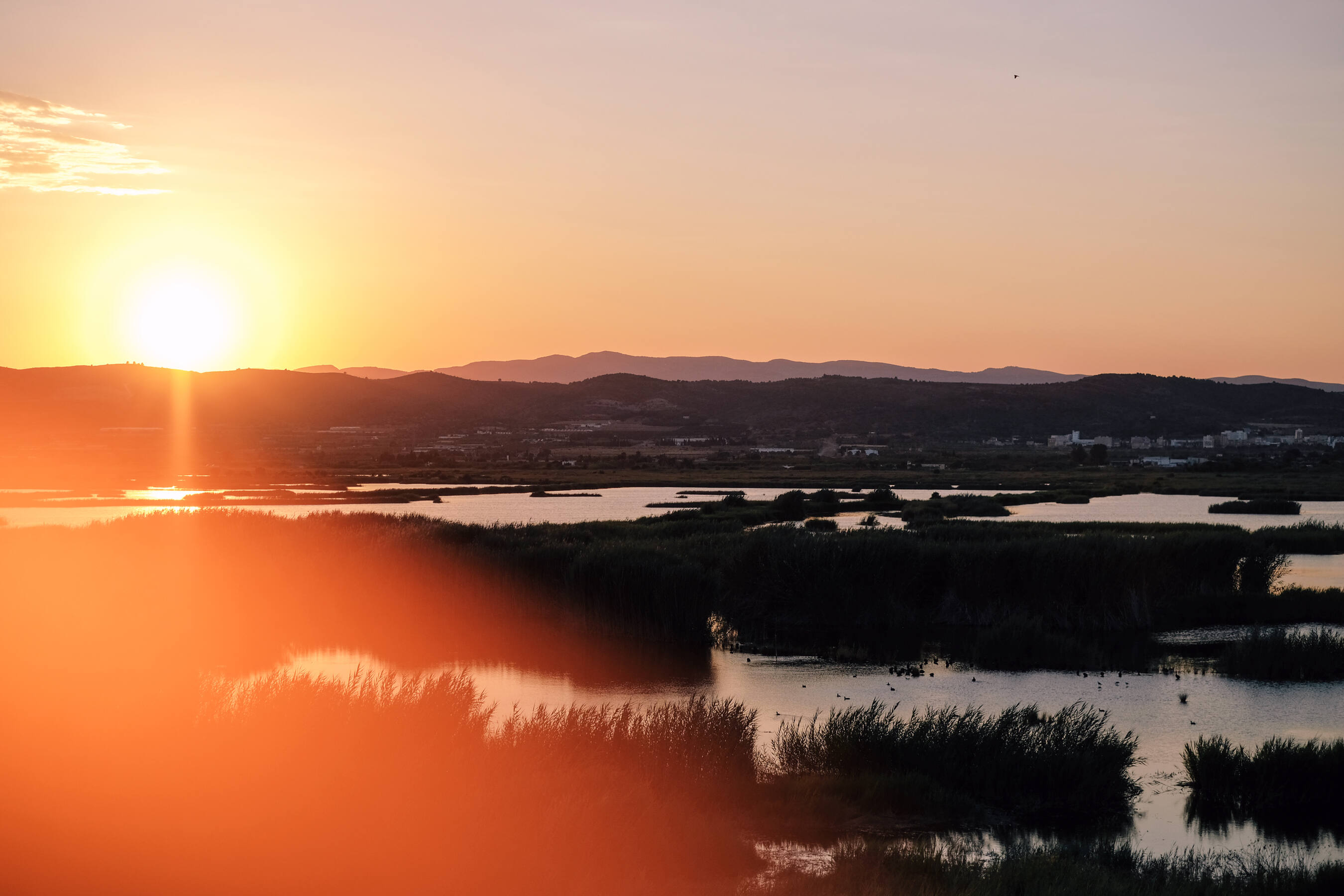
UMBRELLA SPECIES
Many species benefit from Fundación Global Nature's efforts to protect the aquatic warbler. This bird is therefore classified as an umbrella species, as its preservation is beneficial to the ecosystem as a whole. The management of vegetation, the banding and monitoring of other birds, the regulation of water, and advising local breeders and farmers to adopt more sustainable activities are just some of the tasks that make up the day-to-day work of the Life Paludicola project. This initiative ensures the effective conservation of Mediterranean wetlands and any member of the public can collaborate through its website.
SMALL BUT IMPORTANT GESTURES
Raising awareness about the importance of wetland conservation is the first step towards protecting Mediterranean biodiversity, along with preventing natural disasters and curbing climate change. Fundación Global Nature wants to underline that there are measures, such as not dumping rubbish or avoiding building fires, which will make a difference, while also reminding us that caring for these ecosystems is a shared responsibility: “If we work together as citizens, public bodies and private entities, we will succeed in regenerating these ecosystems.”
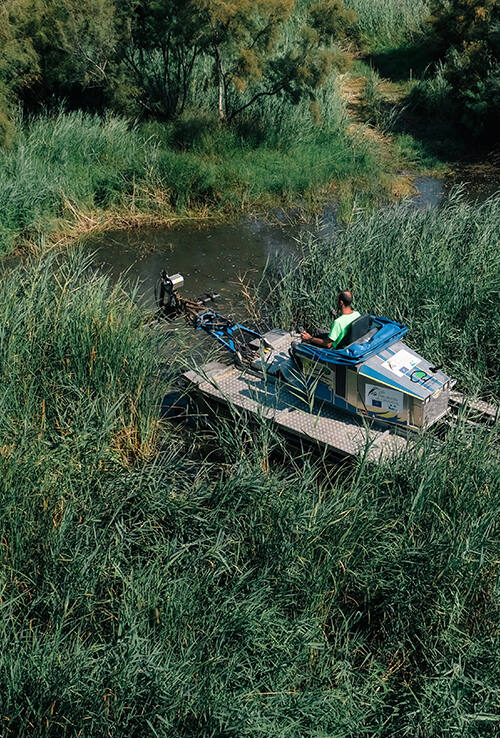
Trimming is one of the main activities that Global Nature carries out to conserve the wetlands.
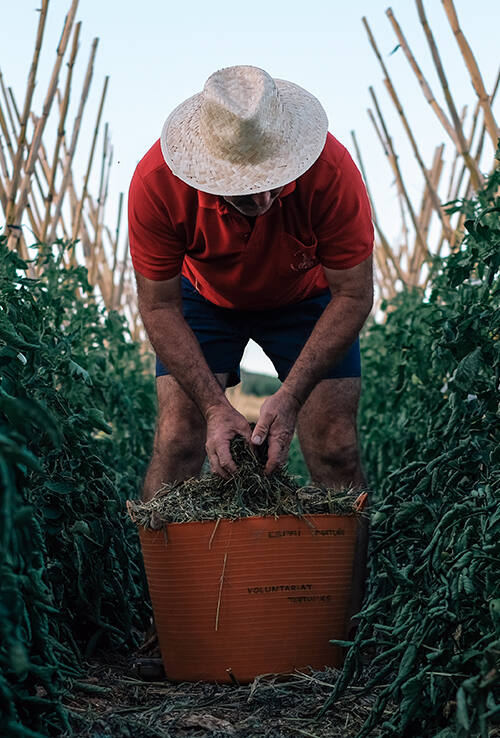
The organic material collected from the trimming process can be used by local farmers as a 100% natural and sustainable compost.

